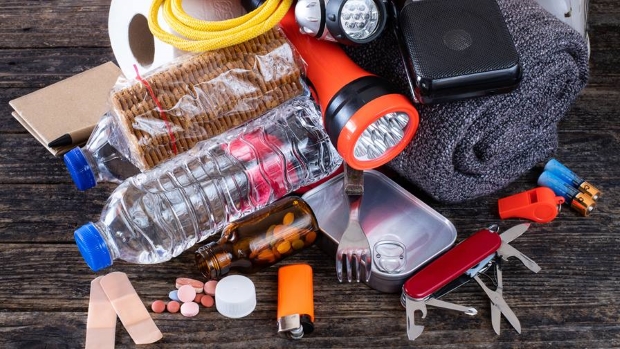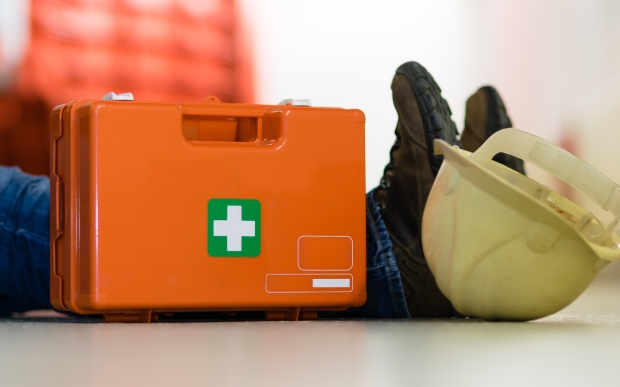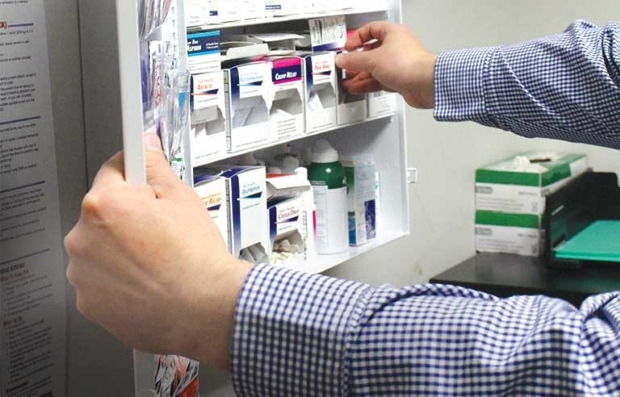How to Choose the Right First-Aid Kit for Your Business
The first-aid kit is essential for most industries. These kits are intended for first-responder use. They enable those in need to receive medical assistance quickly. Cuts, wounds, and abrasions are the most common injuries treated with them. They can, however, also assist with critical injuries while waiting for emergency services.
Contents
First-Aid Kit: Purchasing Considerations
When purchasing fully-stocked emergency kits, there are four essential factors to consider: the first kit’s intended use, the quantity and type of supplies inside the kit, the type of first aid kit container, and the necessary information in each first aid kit. By considering these factors, you can determine what should be included in your company’s first aid kit. On the other hand, having the wrong supplies in your kit may result in the inability to respond to an injury appropriately and quickly enough!

Emergency Kit: Size & Intended Use
The size of the ideal first aid kit for your industry is determined by the number of people working in the facility and the types of injuries that are likely to occur. You may not have the necessary supplies to treat an employee’s injury or illness if you have a kit that is too simple or small for your operation. A large and complex first aid kit, on the other hand, may result in supplies expiring before they are used.
A small office with a few employees, for example, may only require a small and simple emergency kit to treat minor injuries like headaches, nausea, and paper cuts. Larger, more complex first aid kits will be required in commercial kitchens or manufacturing facilities, with supplies to treat more serious injuries like burns, blade cuts, and mild to moderate pain. An AED-Automated External Defibrillator can save lives in the event of a cardiac emergency, so it’s smart to invest in one even though it isn’t a required first aid kit item.
However, regardless of the size of the kit or the number of people who may use it, all general first aid kits should include, antiseptics, bandages, medicines for treating common ailments, basic medical tools such as tweezers to remove splinters, trauma shears to cut gauze and bandages, and a thermometer to check the patient temperature. Injury Treatment Supplies in form of instant hot or cold packs, antibiotic ointment, as well as burn creams and sprays.
First-Aid Kit Classification
According to the number and the variety of the supplies included and their intended use, most emergency kits fall into two main categories, Class A and Class B.

Small cuts, abrasions, and minor burns are all treated with Class A first aid kits containing a basic range of products. As a result, Class A first aid kits are ideal for workplaces with a low population and low risk, such as offices.
Class B first aid kits have a more extensive selection of supplies to deal with workplace injuries. As a result, Class B first aid kits are the best option for workplaces that are densely populated, complex, or at high risk.
Different First-Aid Kit Containers
Containers for first aid kits are classified according to their portability, water, corrosion, impact resistance, and ability to be mounted in a single location.
Type I emergency containers are intended to be mounted or left stationary. They work best in areas with little risk of the contents being damaged by environmental exposure or rough handlings, such as office environments or manufacturing facilities.
Type II emergency containers should be portable and should feature a carrying handle. They are generally smaller and more affordable than other types. Type II is Ideal for areas where the chance of damaging the contents from environmental exposure or rough handling is low, such as office settings or manufacturing facilities.
Type III first-aid kits can be portable but with a mounting option. Since they are used in areas where the chance of damage from the environment is not probable, they should feature a water-resistant seal.
In most cases, type IV emergency containers are portable but must have a mounting option as they’re commonly used in areas where damage from the environment and rough handling are very likely. They must meet special performance requirements for corrosion, moisture, and impact resistance and be waterproof. Mobile industries, the construction, utility industry, and transportation industry use the Type IV first-aid kits.

Types of First-Aid Kits
Burn Relief Kits
All essential supplies to treat burn injuries are included in burn relief kits. Burn supplies used correctly can help patients experience less pain and scarring. Burn kits typically include ointment to sterilise the burned area, relieve pain, burn dressings and gauze to cover burns and burn gel to cool the burned area and promote healing.
Emergency Kits
This type of kit includes all of the necessary first-aid supplies to treat most common injuries and illnesses and some extra items that may be useful in survival, search and rescue or disaster situations. Rescue supplies such as whistles, flashlights, food and water ration packets, and emergency blankets may be included in these kits in addition to medical supplies. Large duffel bag-style containers with carrying straps, secure closure buckles, and reflective emblems for visibility are typical for an emergency kit.
First-Aid Travel Kits
First aid travel kits are typically packaged in small containers that are ideal for transporting in vehicles or luggage. Because their primary purpose is to be a compact first aid kit used to treat minor injuries or illnesses, these kits have fewer first aid supplies than other types of first aid kits. Travel kits are also available in a variety of containers. Some are packaged in plastic or metal cases that can be installed inside automobiles. Others are small zippered bags that fit easily into a glove compartment or suitcase.






